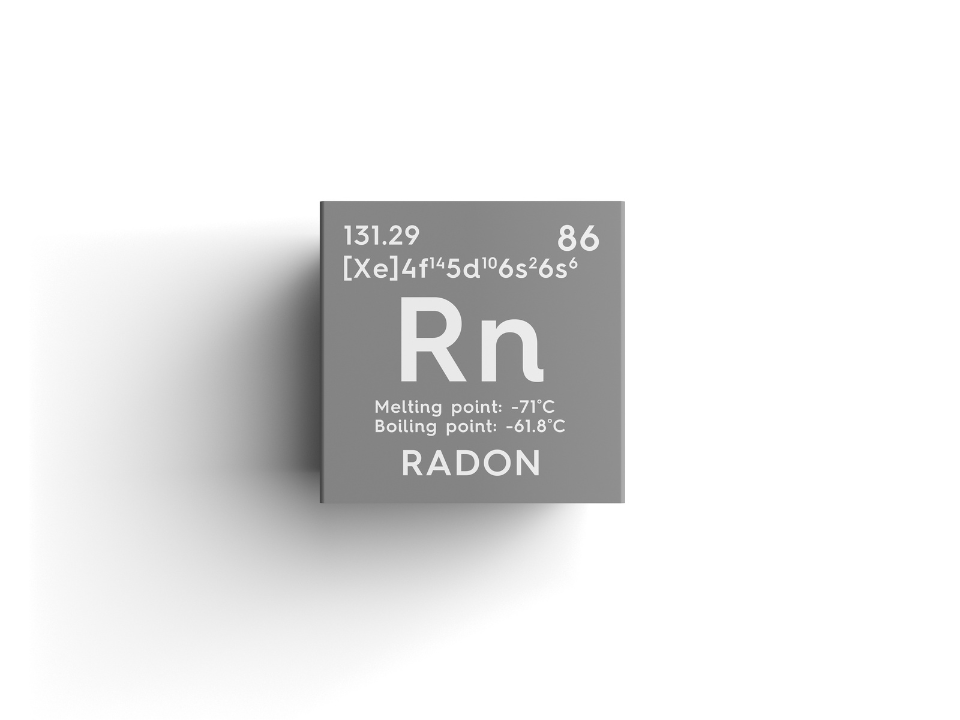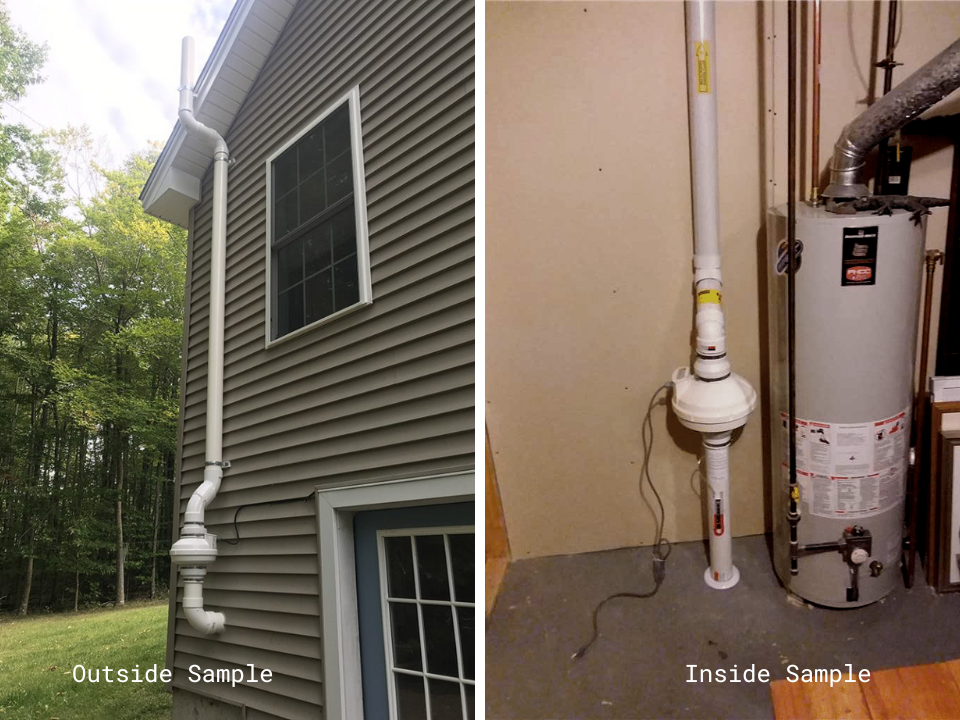One in every four Michigan homes is expected to have radon levels that exceed the recommended federal action level.
Why is it important to know this, and where your levels are at?
This matters because radon is the second leading cause of lung cancer, behind smoking. You can't see, smell or taste radon. The only way to know if you have elevated radon levels is to test. Key points on testing are:
- Testing is recommended every two years because homes settle, new cracks form in the foundation and radon levels can change.
- If test results show radon levels at or above 4 pCi/L, the USEPA recommends installing a radon mitigation system.
- A radon mitigation system grabs the radon before it ever enters the home and vents it outside.

How do radon mitigation systems work?
Radon mitigation systems use a fan to continuously pull air from the soil and vent it outdoors through a pipe that ends above the edge of the roof. The pipe can either run inside or outside the home and vents outside, away from windows and openings. In addition, cracks and openings in the foundation are sealed. These systems should be retested every couple of years to be sure that they are continuing to work properly and keep the levels 'safe' in the home.
Have a look at the samples below of interior and exterior shots.

Where to begin?
Do-it-yourself radon test kits are available from many county and city health departments. Test kits can also be found at local hardware stores, home improvement centers, and other retail stores. Visit the radon testing resource page here for specifics.
-OR-
Have a trusted inspector come out to your home to test for radon. They will come out to leave a tester for approx. 48 hours then return to review and report the readings. Discuss the readings and their risks with the inspector and determine whether or not a mitigation system is necessary for your home.
It is entirely possible that the reading will be at a level considered safe by certain standards, after all three out of four homes will not have an alarming reading. Since radon is the second leading cause of lung cancer, which is the second most diagnosed cancer in the U.S., it's still important to know your exposure and risks.

January is National Radon Action Month, but any time is a good time to assess your radon levels so you can breathe easier knowing your home is already safe or safer for having taken necessary measures. Knowing is half the battle and doing is the other
If you're in the market to buy a home, think about including this inspection with the standard home inspection. If you are selling a home, understand that this test may be performed at inspections and could lead to a legitimate buyer request to have radon mitigated if it's found to be outside of the federal safety range.
Would you like to know our go-to radon inspector here in West Michigan? Please reach out @ 616-328-6990, or email: movehappily@wmihometeam.com





